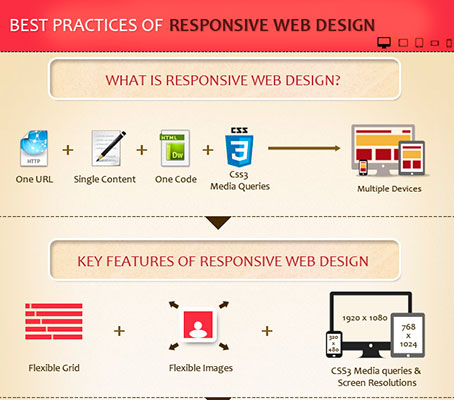The Advancement Of Web Design: Then And Now
The Advancement Of Web Design: Then And Now
Blog Article
Article Writer-Tobiasen Dalby
In the past, sites were basic and concentrated on info. Navigating was straight, and layout was for desktops. Now, customer experience is vital. Data guides layouts for easy navigation. Responsive formats fit different tools. Today, dark setting decreases strain, and minimal food selections improve navigation. Interactive attributes engage users, and bold visuals stand out. AI integration enhances involvement. See exactly how style has actually progressed to boost your on the internet journey.
Early Days of Website Design
In the early days of web design, simpleness reigned supreme. Internet sites were basic, with restricted shades, fonts, and formats. The focus got on supplying information as opposed to showy visuals. Individuals accessed the internet with slow-moving dial-up links, so rate and functionality were key.
Navigation food selections were straightforward, commonly located on top or side of the web page. Web sites were made for desktop, as mobile browsing had not been yet widespread. Material was king, and developers focused on very easy readability over intricate design components.
HTML was the main coding language utilized, and designers had to work within its restrictions. Computer animations and interactive functions were very little compared to today's criteria. Internet sites were fixed, with little dynamic web content or individualized individual experiences.
Rise of User-Focused Design
With the development of internet site layout, a shift towards user-focused layout concepts has actually ended up being progressively famous. Today, developing web sites that focus on customer experience is vital for involving visitors and achieving organization goals. check it out -focused style includes comprehending the demands, preferences, and behaviors of your target audience to tailor the site's format, web content, and features appropriately.
Designers now perform thorough research, such as individual studies and use screening, to gather insights and feedback directly from customers. This data-driven method helps in creating instinctive navigating, clear calls-to-action, and aesthetically enticing interfaces that resonate with visitors. By putting the individual at the facility of the layout procedure, sites can deliver a much more individualized and enjoyable experience.
Responsive design has actually also emerged as a crucial facet of user-focused design, ensuring that websites are enhanced for numerous devices and screen dimensions. This flexibility improves accessibility and functionality, accommodating the diverse ways users connect with websites today. Basically, the rise of user-focused style signifies a change towards producing electronic experiences that focus on the needs and expectations of the end user.
Modern Trends in Web Design
Check out the latest patterns forming website design today. One popular fad is dark setting style, supplying a streamlined and contemporary look while reducing eye pressure in low-light settings. Another essential trend is minimal navigation, streamlining menus and enhancing individual experience by concentrating on essential elements. Integrating micro-interactions, such as animated switches or scrolling effects, can create an extra appealing and interactive internet site. Responsive style remains critical, making certain seamless individual experiences across different devices. In addition, making use of strong typography and unbalanced designs can include aesthetic rate of interest and accentuate details content.
Integrating AI innovation, like chatbots for consumer support or tailored suggestions, improves user interaction and enhances processes. Availability has likewise become a significant fad, with designers prioritizing inclusive layout techniques to deal with diverse customer requirements. Embracing sustainability by enhancing site efficiency for speed and performance is an additional arising trend in website design. Working together with individual responses and information analytics to iterate and improve style continually is crucial for remaining pertinent in the ever-evolving digital landscape. By welcoming these modern trends, you can create an aesthetically attractive, easy to use website that reverberates with your audience.
Final thought
As you reflect on the evolution of web site layout from the very early days to currently, you can see how user-focused layout has become the driving force behind contemporary fads.
Embrace the trip of change and adaptation in web design, always keeping the individual experience at the leading edge.
Keep present with the most up to date patterns and technologies, and never ever quit advancing your technique to develop aesthetically stunning and straightforward sites.
Advance, adapt, and produce - the future of website design is in your hands.
